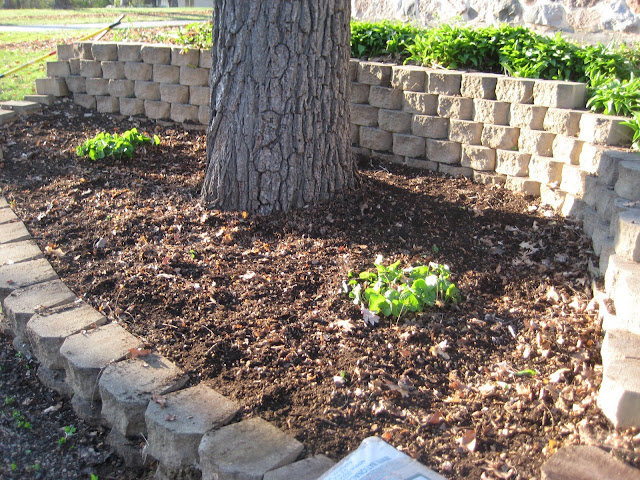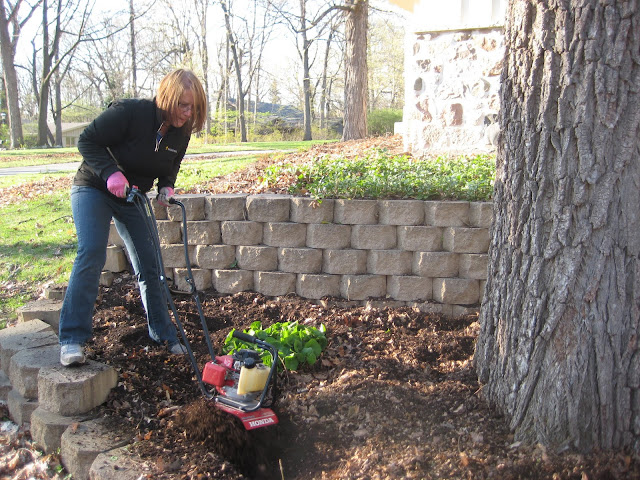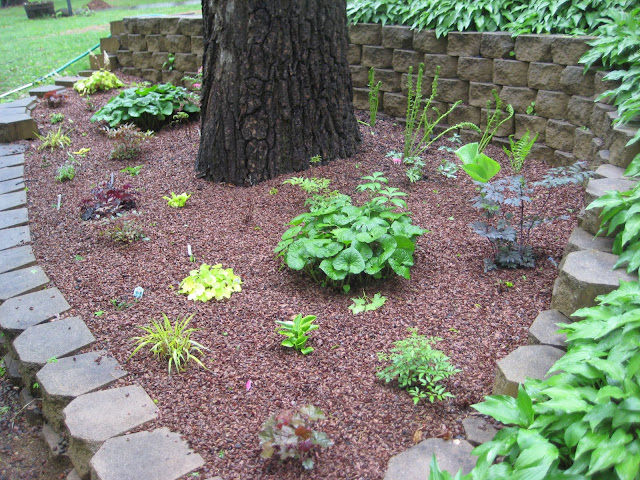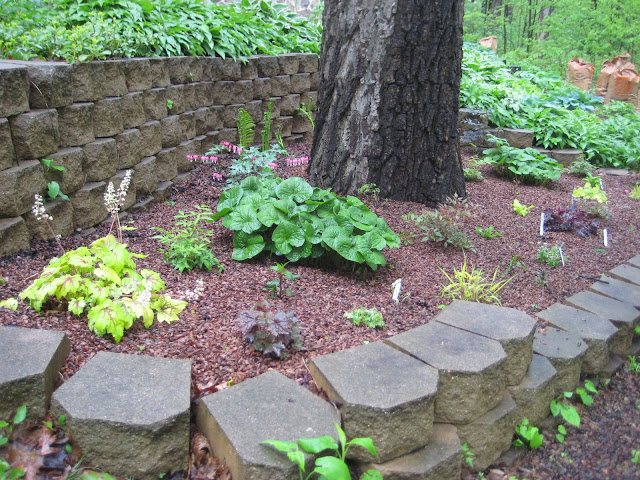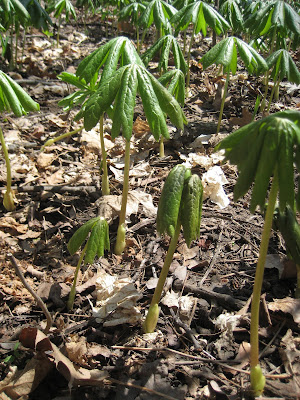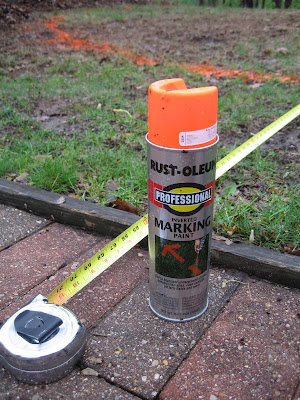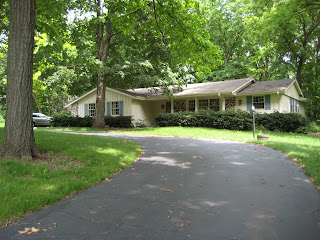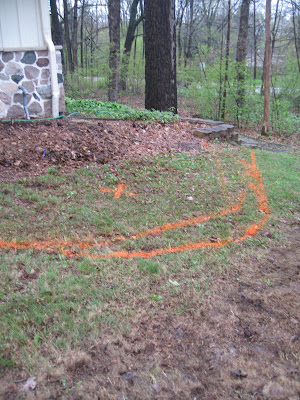Tag: Gardening in Wisconsin
Wordless Wednesday: Perfect Companions
June 2, 2010
Passalong Plants
May 13, 2010
One of the many garden books on my shelf is ‘Passalong Plants’ by Steve Bender and Felder Rushing. The book focuses on old plants that are not commercially propagated, but instead move from garden to garden by way of generosity between fellow gardeners. The sharing of plants among gardeners not only provides a cheap source of plants for the garden, it also provides an outlet for the pieces and divisions we cull from the garden. Many plants benefit from being divided, or need to be kept in check because they’ve spread out of their intended spot. It’s hard for the gardener to just toss these divisions into the compost pile – and goodness knows we can’t just keep creating new beds to place the spare plants (been there, done that, trying not to do it again).
Whether old garden favorites or divisions of new cultivars, passalong plants add an extra bit of depth to our gardens, along with a connection to our fellow gardeners.
My Mother’s Day post mentioned the plants I was taking from my Mom’s garden. The ferns that I first used in an early apartment garden over twenty years. Corydalis lutea that was originally sent to me by an on-line friend 15 years ago. Daylilies I’ve used in two previous gardens. Divisions of several variety of lamium, perhaps a hosta or two. Shortly after posting that entry one of my cousins commented on facebook, “Many of us have parts from your mom’s garden.” Received an email from another cousin, “Our yard looks amazing because she allowed us to dig in her yard last year.” I thought about those comment and realized they’re right. Countless people have pieces of my Mom’s garden growing in their own.
I am fortunate to be part of a small group of women who met in the mid-90’s on the CompuServe Garden Forum, and have remained in contact since. We’ve traveled together on informal garden touring trips, shared plant and garden tips both publicly in forums and privately via email. Shared struggles in our gardens and in our lives. One of my favorite memories was a plant swap in a hotel hallway in Charleston, SC. We’d each driven or flown in with plants, seeds and cuttings from our own gardens. An enjoyable couple of hours was spent discussing, swapping, and indulging our obsession with plants. In our case we don’t stick to just the old varieties of plants, and admit to being just a tad excited by hot new cultivars. I loved having those plants in my garden, but in the move to this house left them all behind.
Because of this, I was thrilled to receive a box from one of these friends stuffed with plants. Nancy gave me a great start to a shade garden. Several hostas, pulmonaria, a variegated Brunnera, Chelone ‘Hot Lips, more and more. So much fun going through the box and determining where I would put what.
To add to the excitement were the plants she’d included from other members of the group’s gardens.
Wordless Wednesday: Before and After part 2: My first shade garden
May 12, 2010
Mother Nature’s Garden
April 26, 2010
If I consider my knowledge of shade plants to be lacking, my knowledge of wildflowers and natives is even worse. My last two gardens have been around new construction. New construction in both cases on land that had been farm fields. No trees means no shade. And years of row crop cultivation means no native plants (and in the case of the last garden, thanks to the developer, no topsoil, but that’s an entirely different story).
I found a couple of patches of another little darling. But have no clue to it’s identity.
And of course, the May Apples (Podophyllum peltatum ). Lots and lots of May Apples.
I’ve always been fond of May Apples. Even from afar they reminded me of little umbrellas for fairies. This is the first year I’ve been able to view them up close. They first emerge as a tight little mass, and then slowly unfurl.
The flags through the May Apples mark the boundaries of the pet “fence” which keeps my cat and dog in the yard. This of course, does not prevent other animals from entering the yard. We have an opossum which frequents under our deck. Last week as I left for a pre-dawn plane flight, the cat snuck out. My husband and son were awoken by a growling scream to discover a large red fox had cornered the cat (who has lost her out side in the dark priviledges). But the best was the deer last summer that seemed to love tormenting the dog by calming eating foliage just outside of invisible fence line. Excuse the picture clarity – all I had was my phone, and couldn’t get close because I didn’t want to scare the deer. As if that is possible, here in the wild, wild woods of suburbia!
Making the Bed(lines)
April 25, 2010
My serious garden project of the season is re-doing the beds along the front of the house. When we first bought the house two summers ago, this area was solid yews. To say that I am not a fan of yews, would be a gross understatement. I detest them.
This was the view in July of 2008.







